Kora
21 strings suspended over a calabash. Played by virtuoso musicians steeped in an ancient tradition. The music of the ancestors is alive today among the socalled jelis or griots. Listen to the gentle sound of a kora. And be transported by the sheer waterfall of notes, that sounds like nothing else on the planet. Played by artists, who played for kings and now shares their musical secrets with the world.

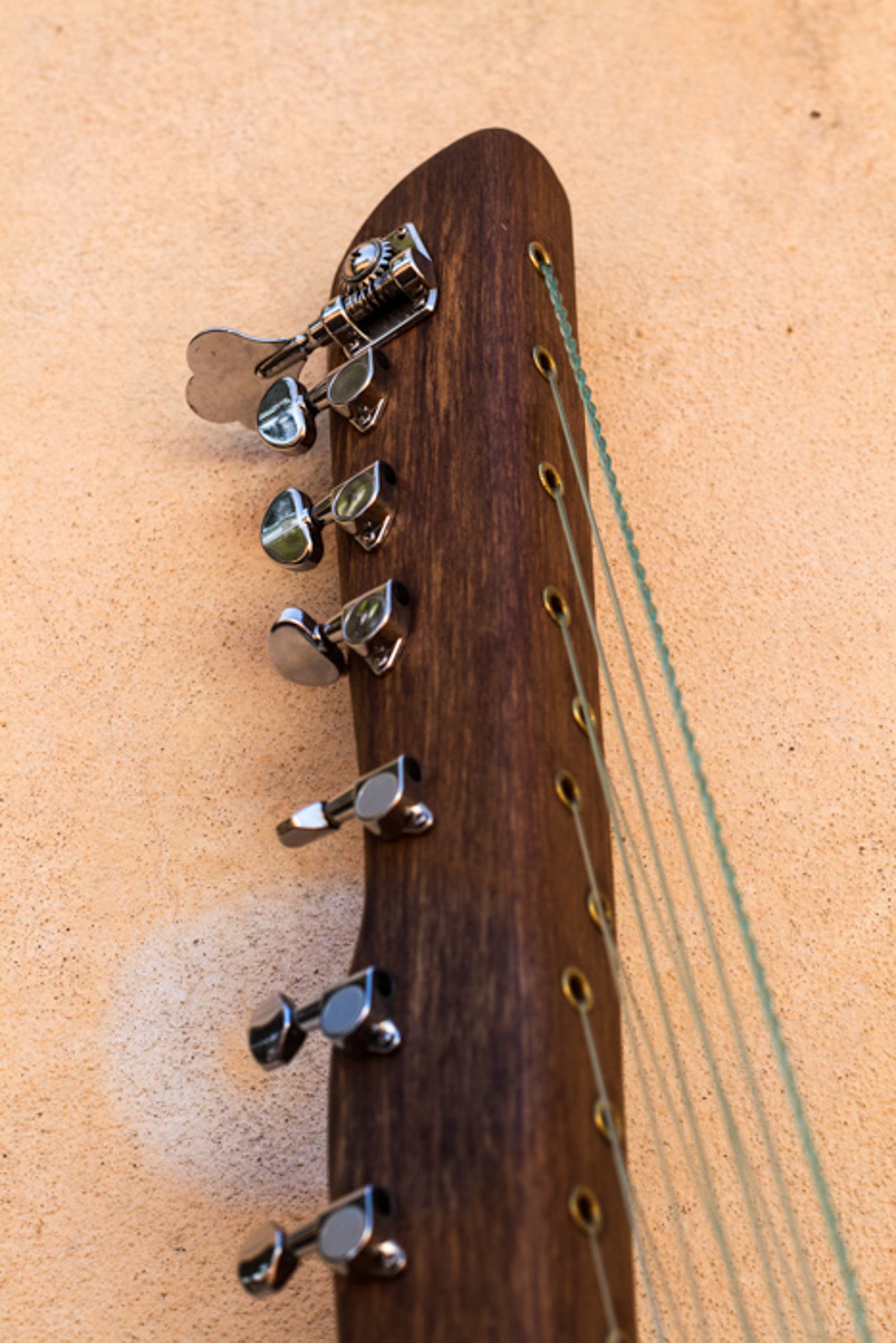
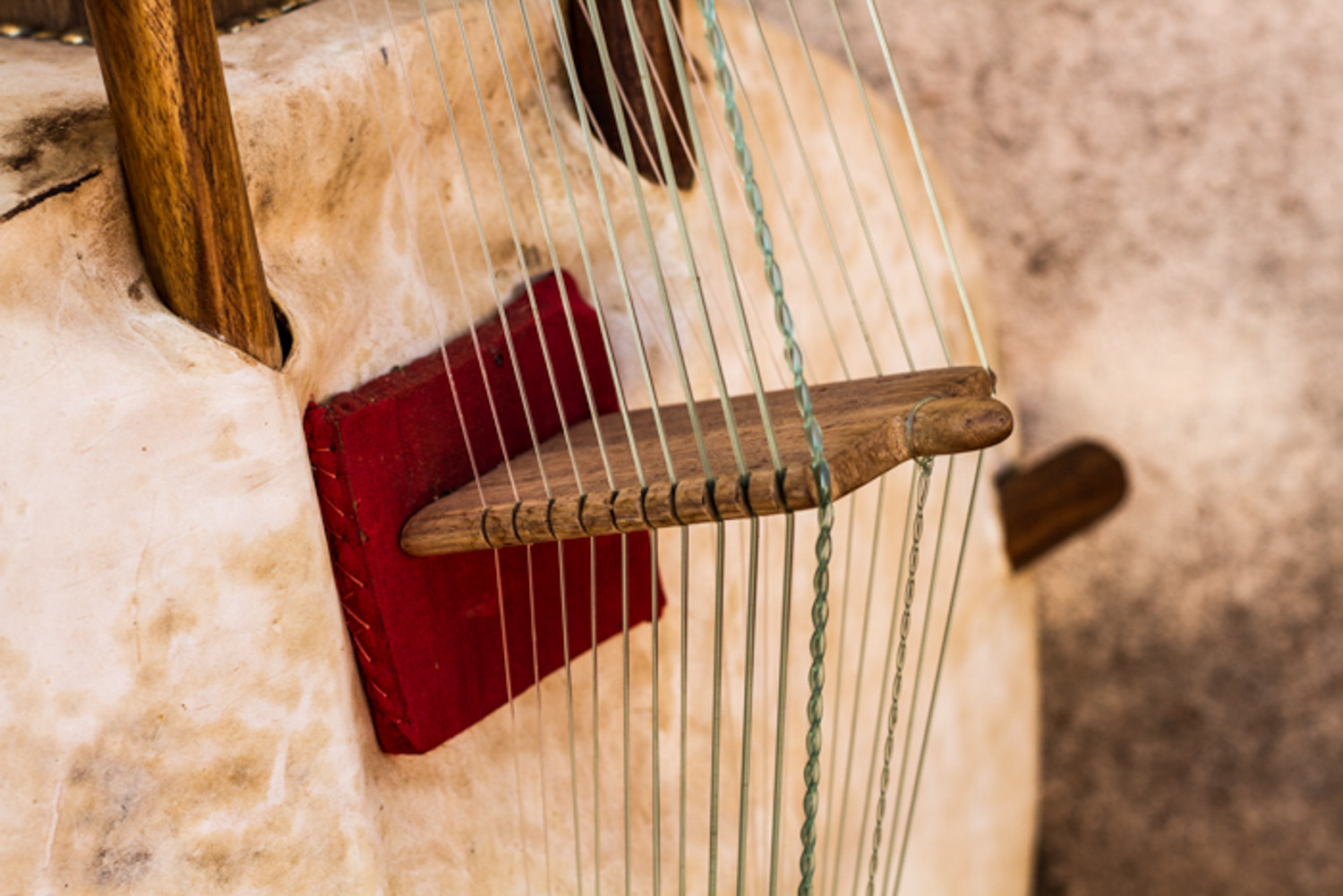

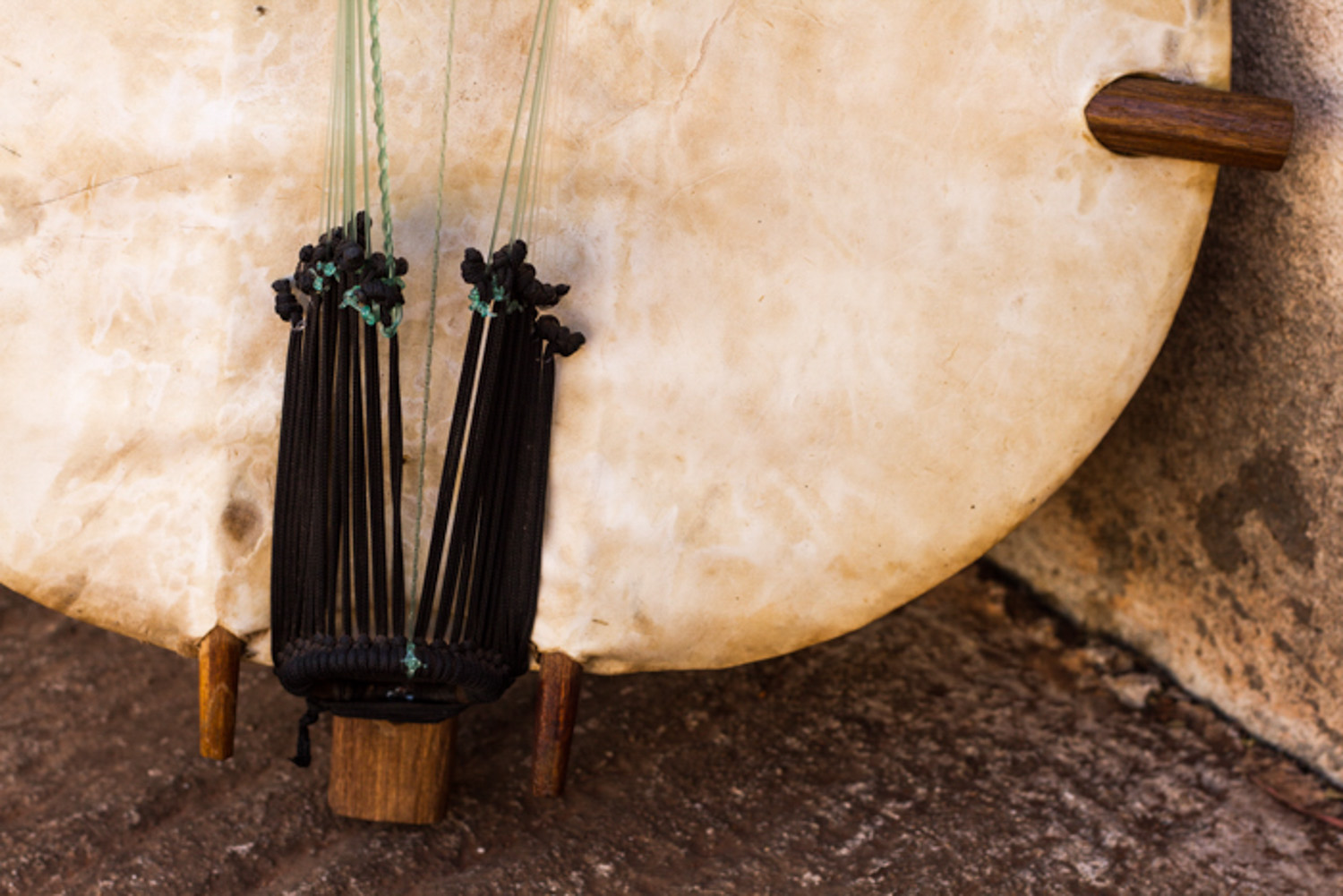
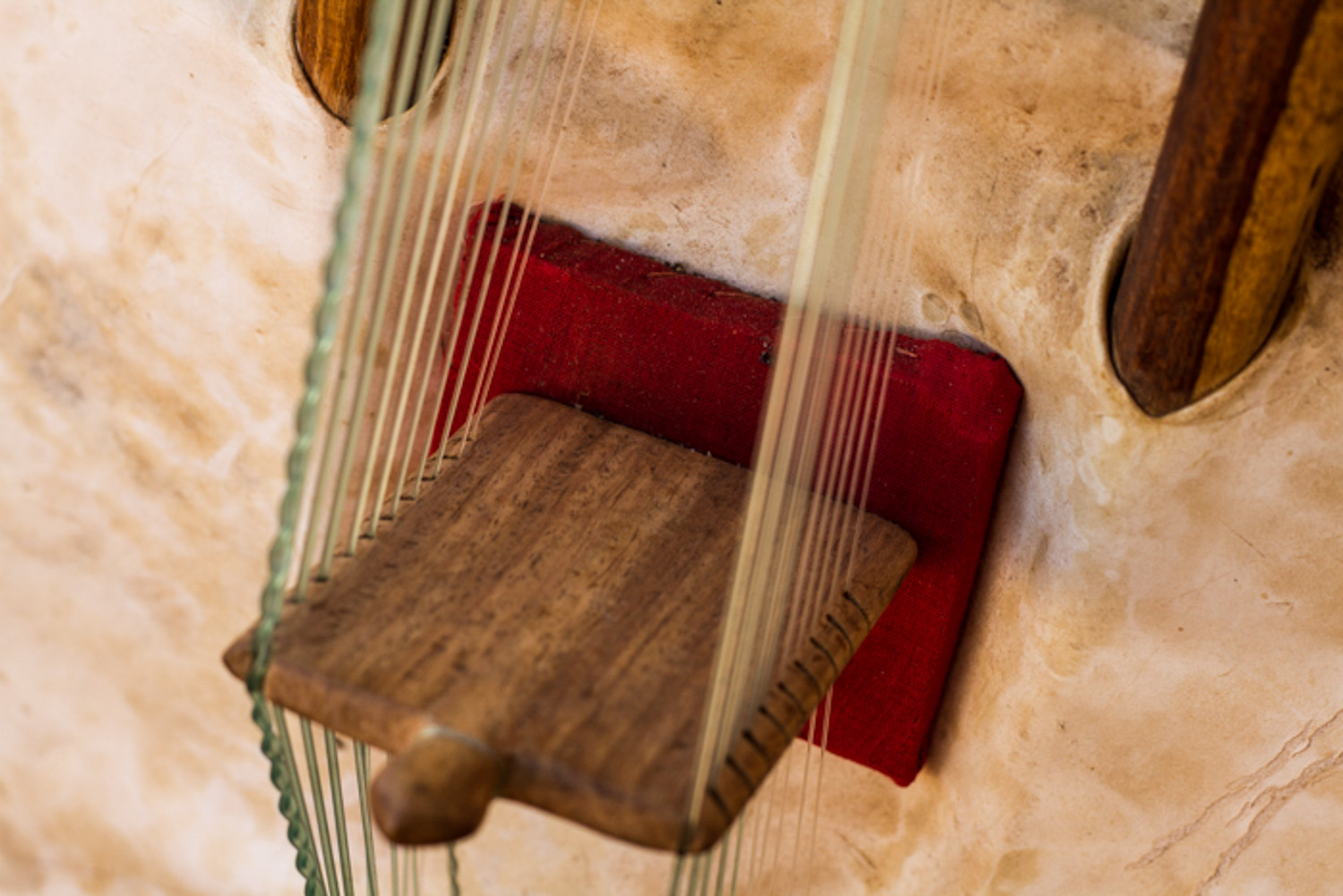

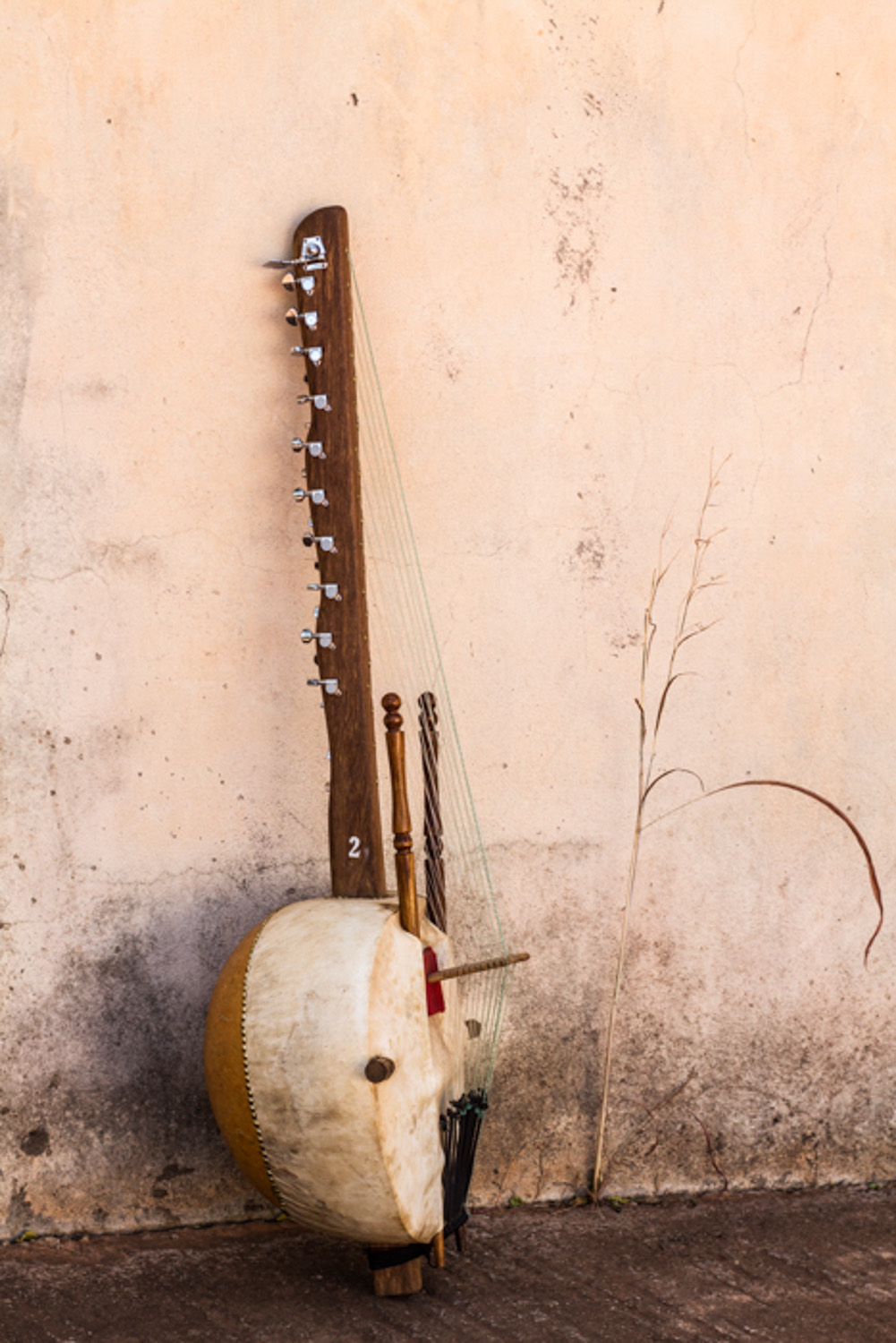
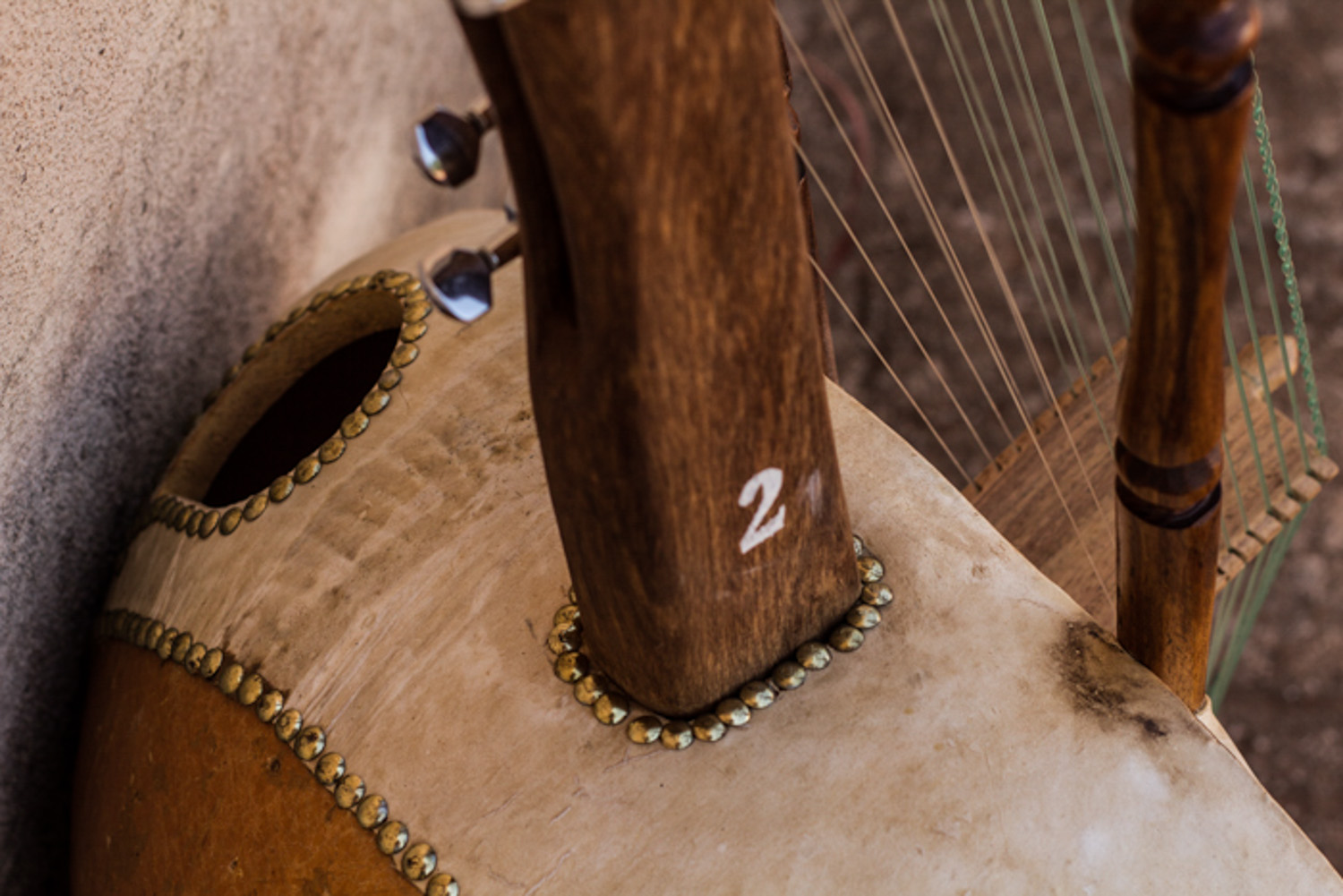
Tama – the ”talking drum”
Music is a language. It is all about vibration. This knowledge has been known through centuries in Africa. The Tama is a flexible drum. Loose strings connect 2 skins at each end of a cylinder. Squeeze it under your arm, and the tone goes up. Loosen it and you play the bass. The master ”speaks” with the fast beats of a stick. And accenturates with his other hand. The result is a drum that speaks a language. The language of the drum.
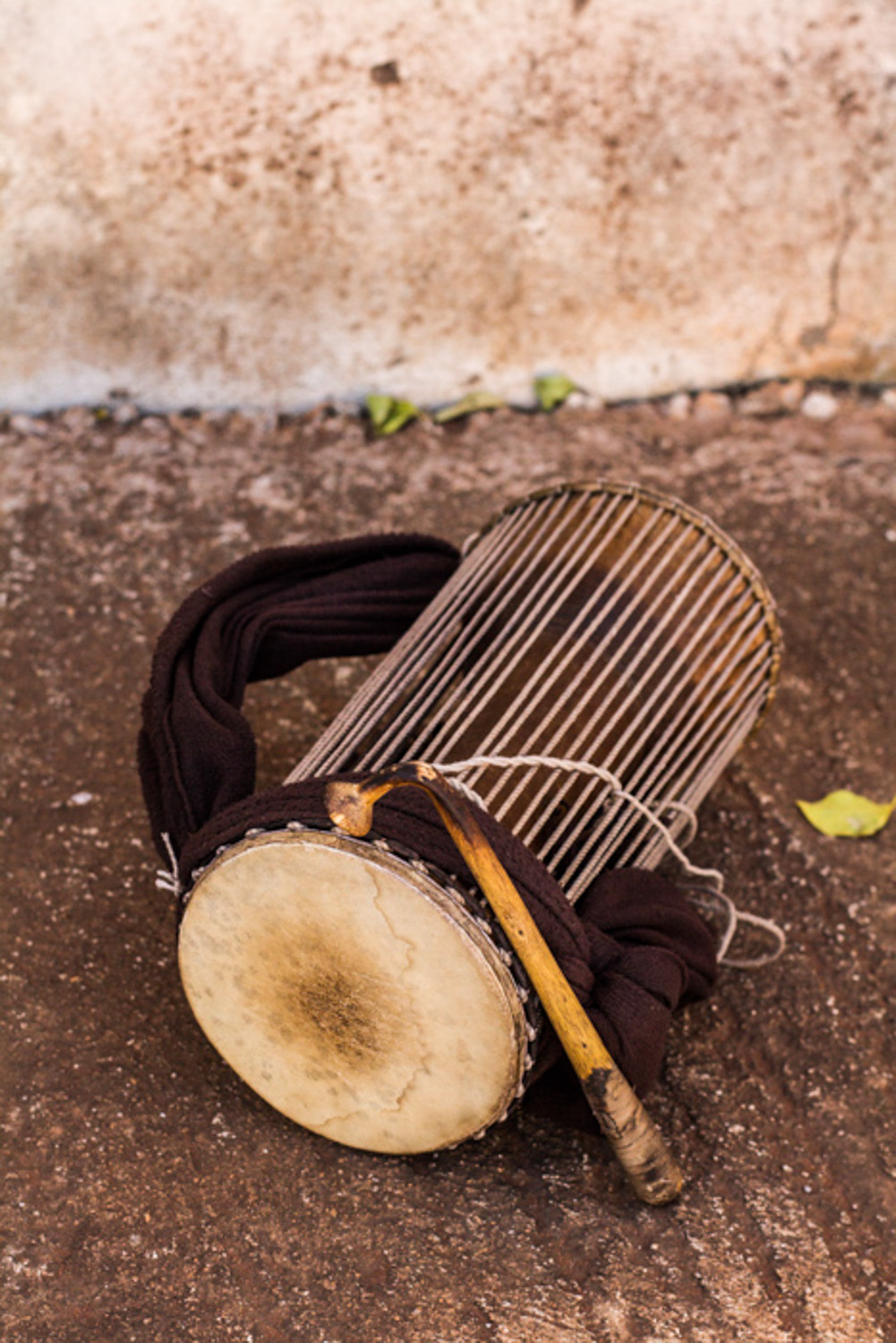



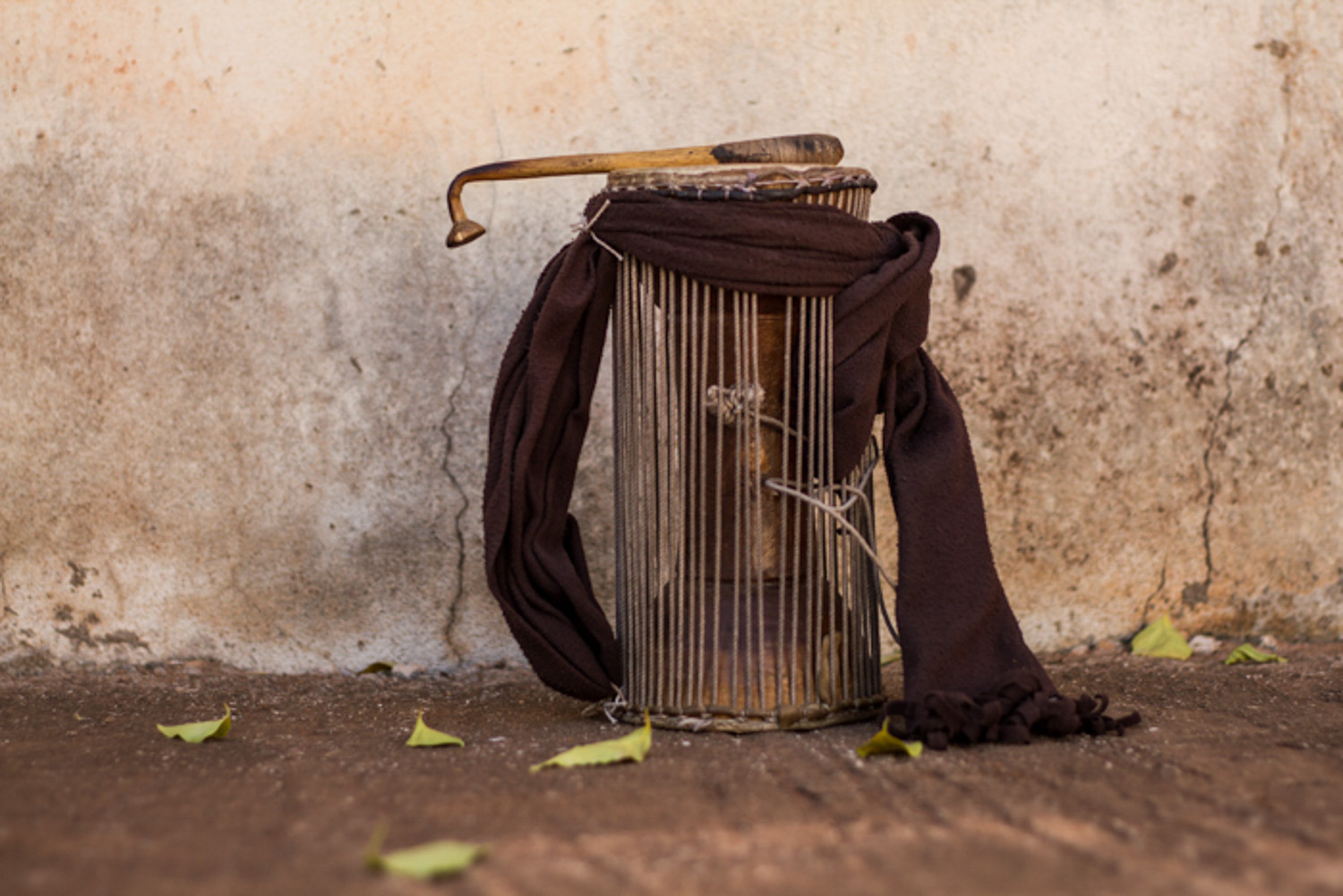
N’goni
The ancient instrument of the Jeli tradition is also the ancestor of the banjo. Strings suspended over a drum. The court musician of Sundiata Keïta, the 12th century founder of the Mali Empire played this African lute. He was a Kouyate, the name of the most famous artist today. Bearers of the oral tradition of epics that is the foundation of the illuminating country by the Niger River. And like the river, it provides a stream of notes of haunting beauty.


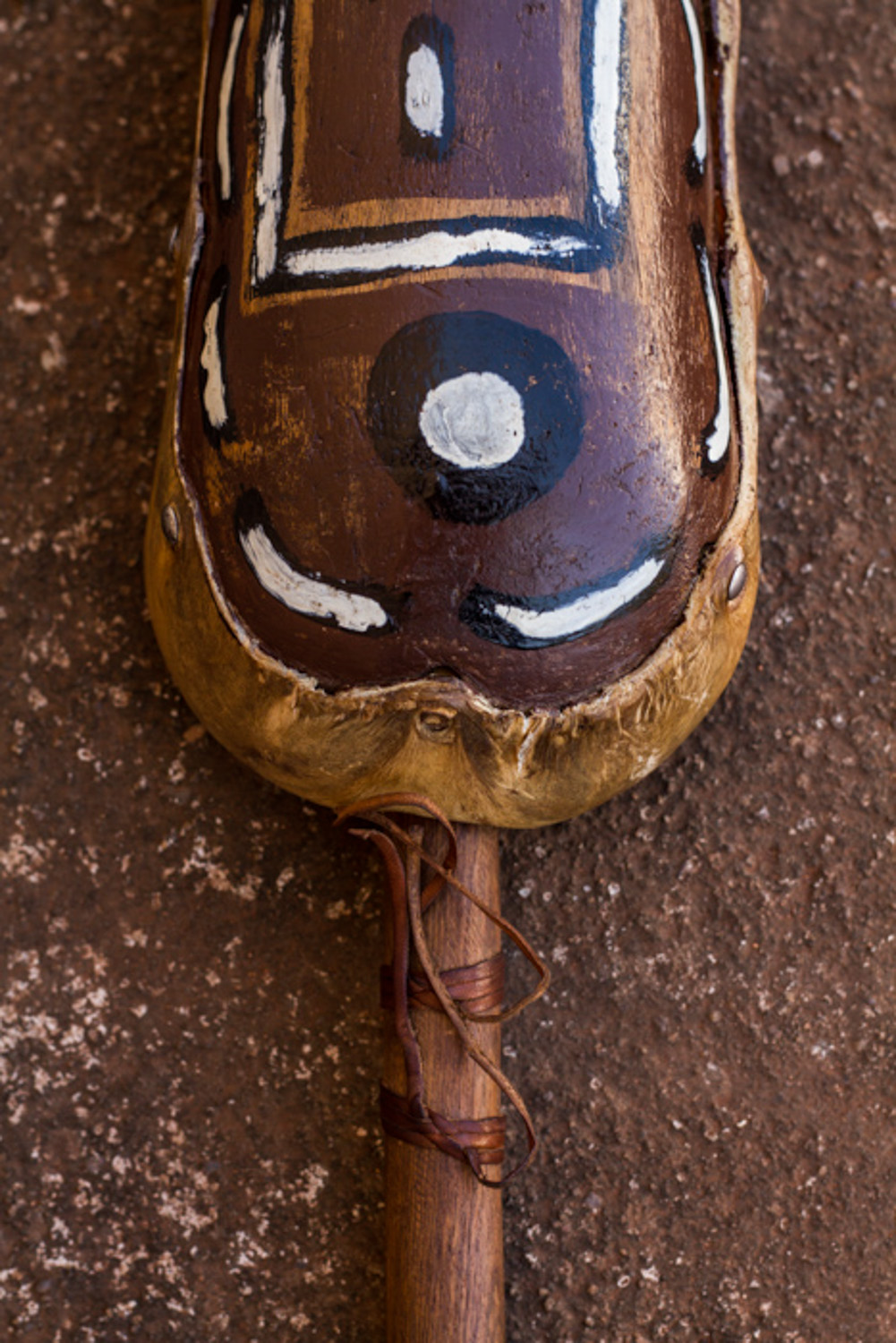
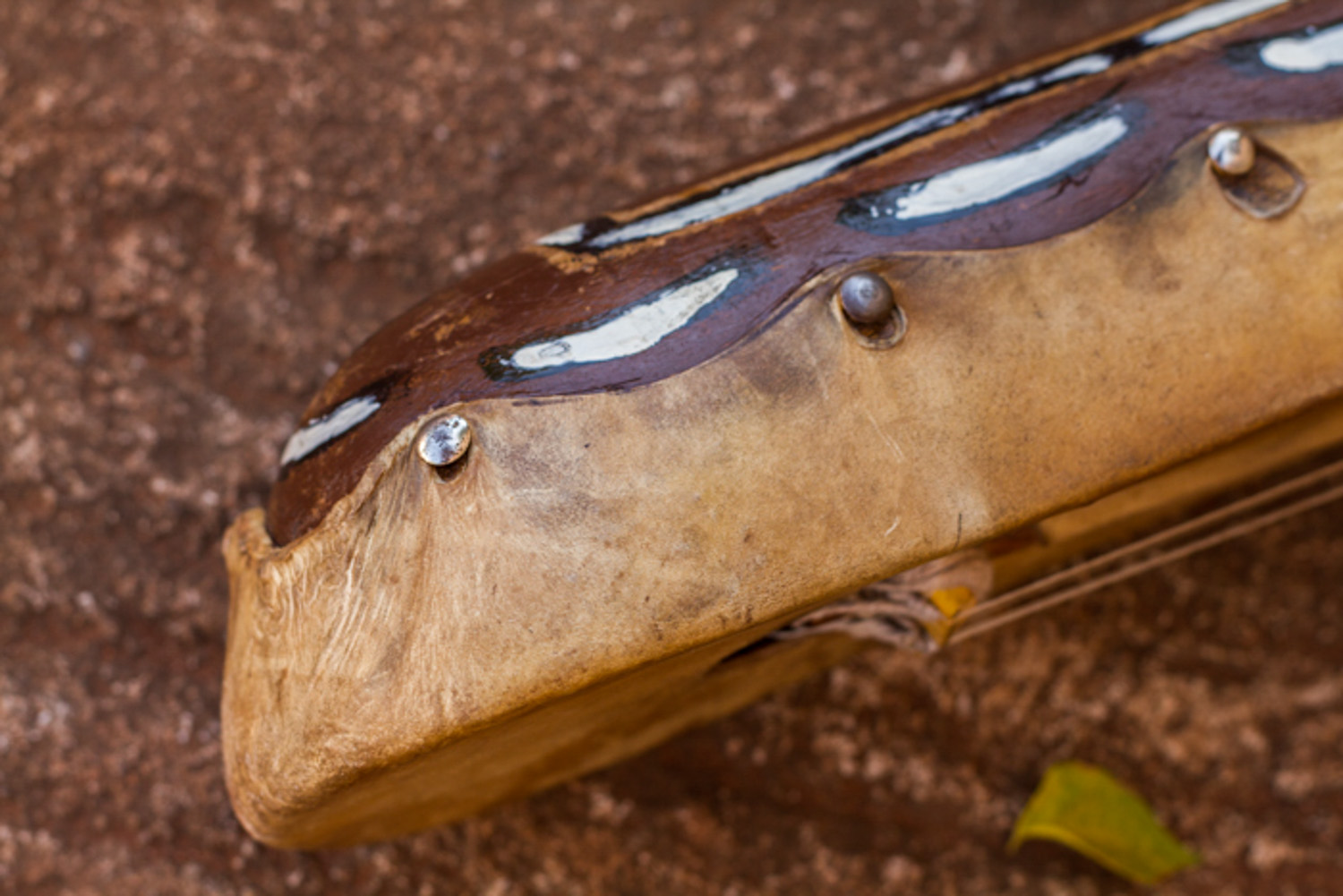

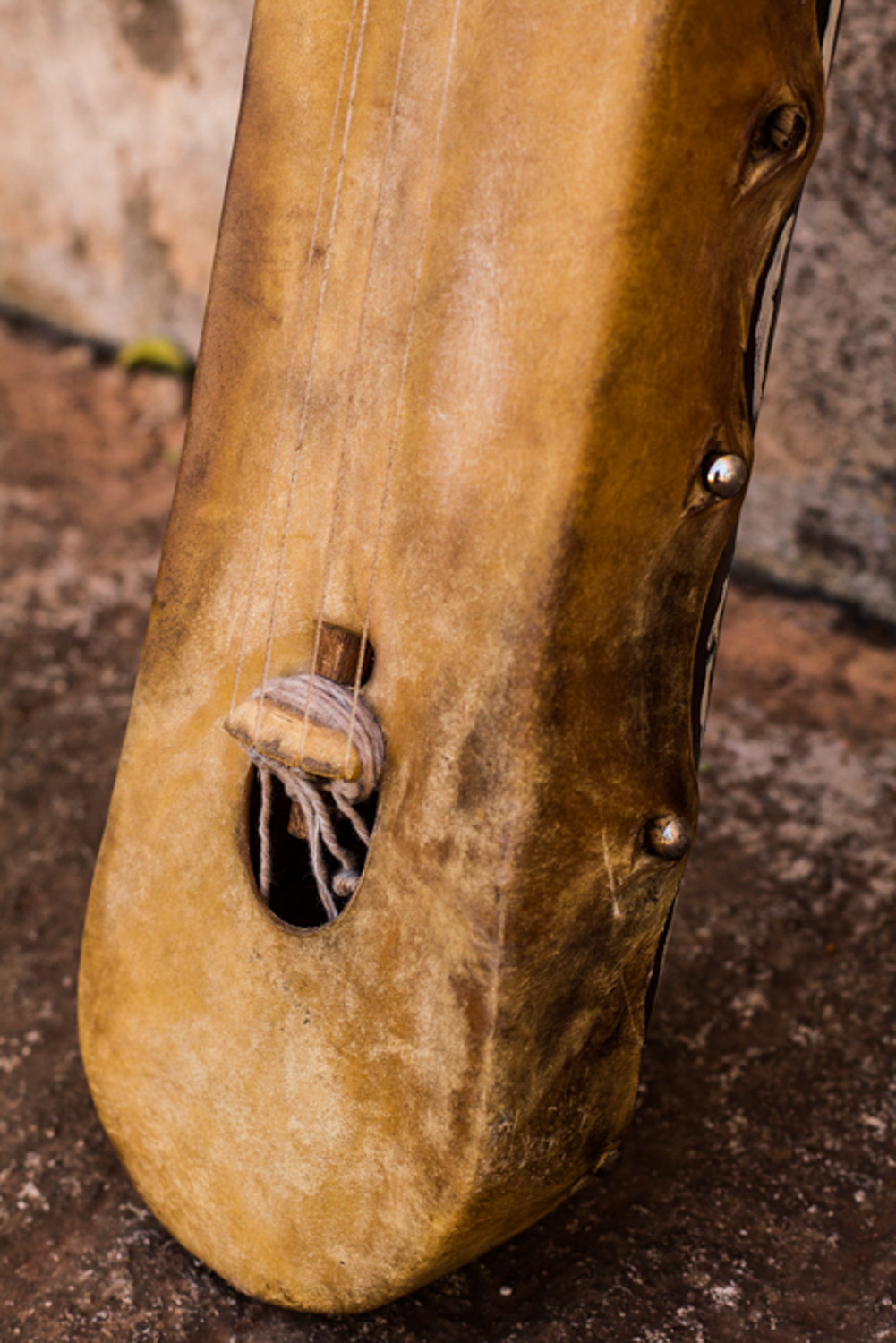
Calabash
The Gourd is used in many forms in Africa. But inside the music especially the North of Mali, it is a percussive instrument. The socalled Mali Blues of the Tuareg travellers of the desert owes it’s laidback feel to the rhythm of the calabash. You play around the rhythm creating a space, from which dreams are woven. Or the women at parties will take half a calabash with cowrie beats and create a rattling sound. The calabash is everywhere and the soul of Malian life.

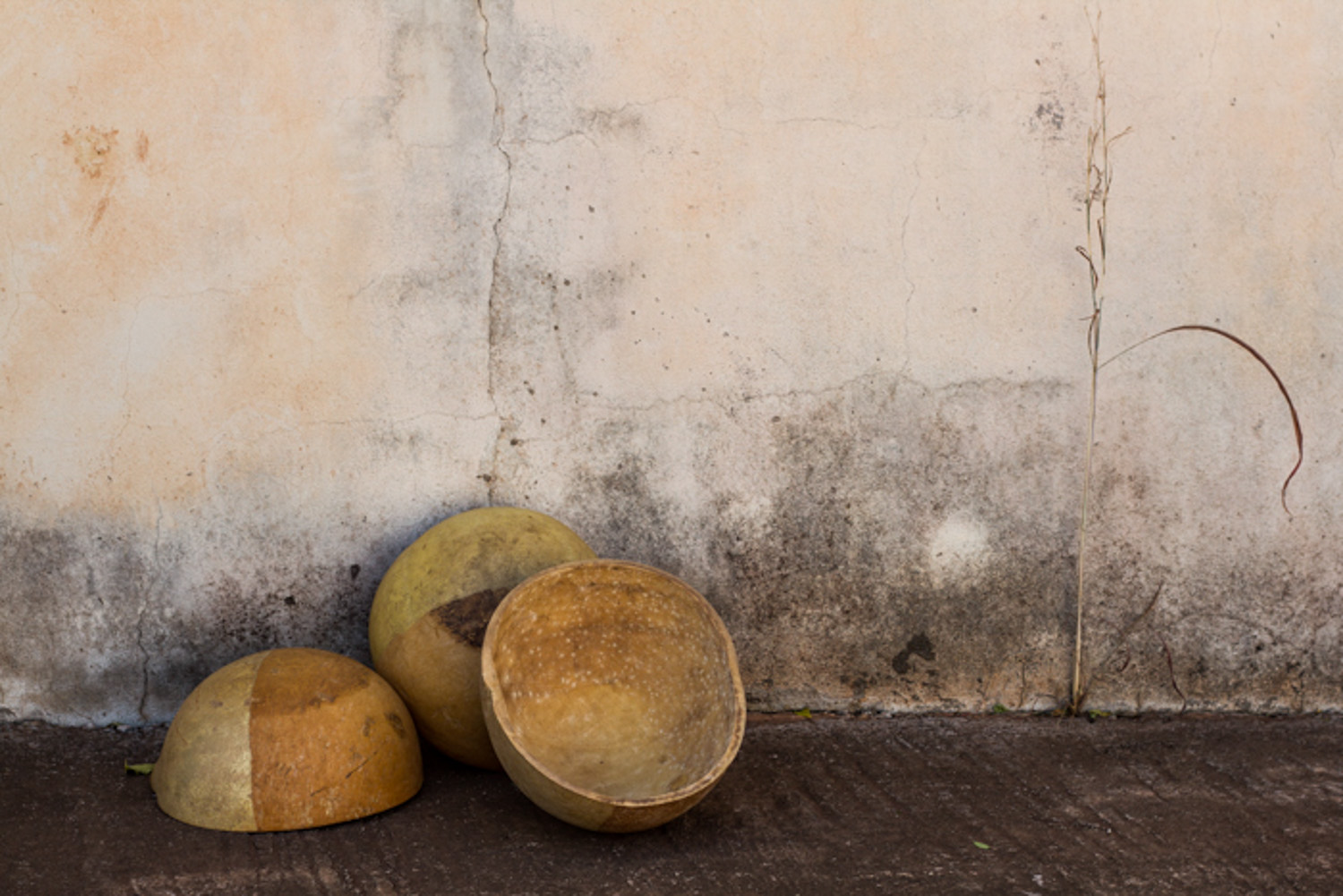
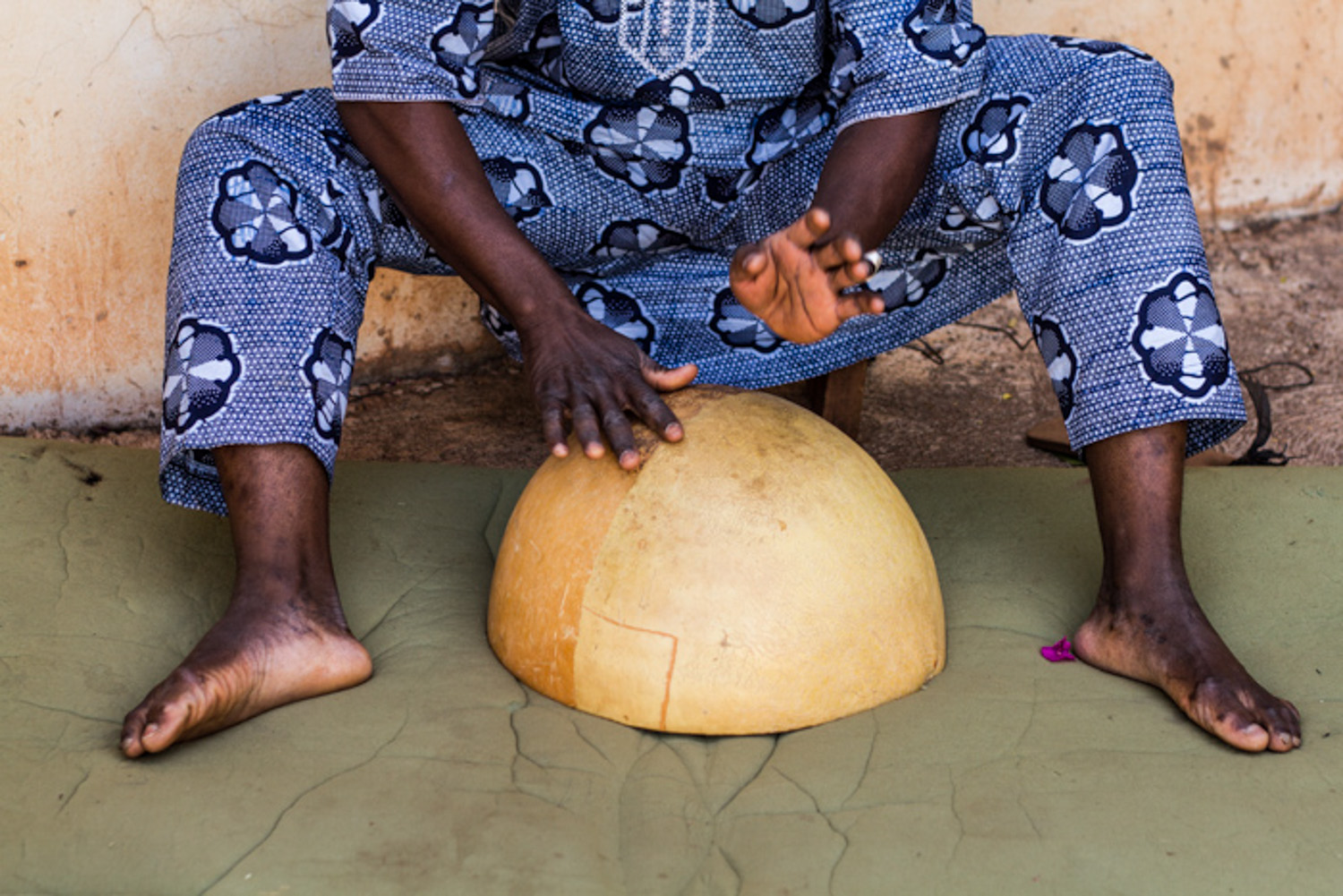
Balafon
The ”Bala” is the cornerstone of West African music. Ancestor of the Marimba it is pieces of Béné wood suspended over Calabash gourds. They provide the Sound Box and the musician hits the wood – usually between 17 and 21 pieces - with mallets. The pounding makes the whole instrument vibrate. The sound of this ”african piano” is gentle and rhythmic and in Mali great masters like the late Kélétigui Diabaté and the famous Lassana Diabaté have taken The Balafon to far corners of the world. Played solo or in a group.
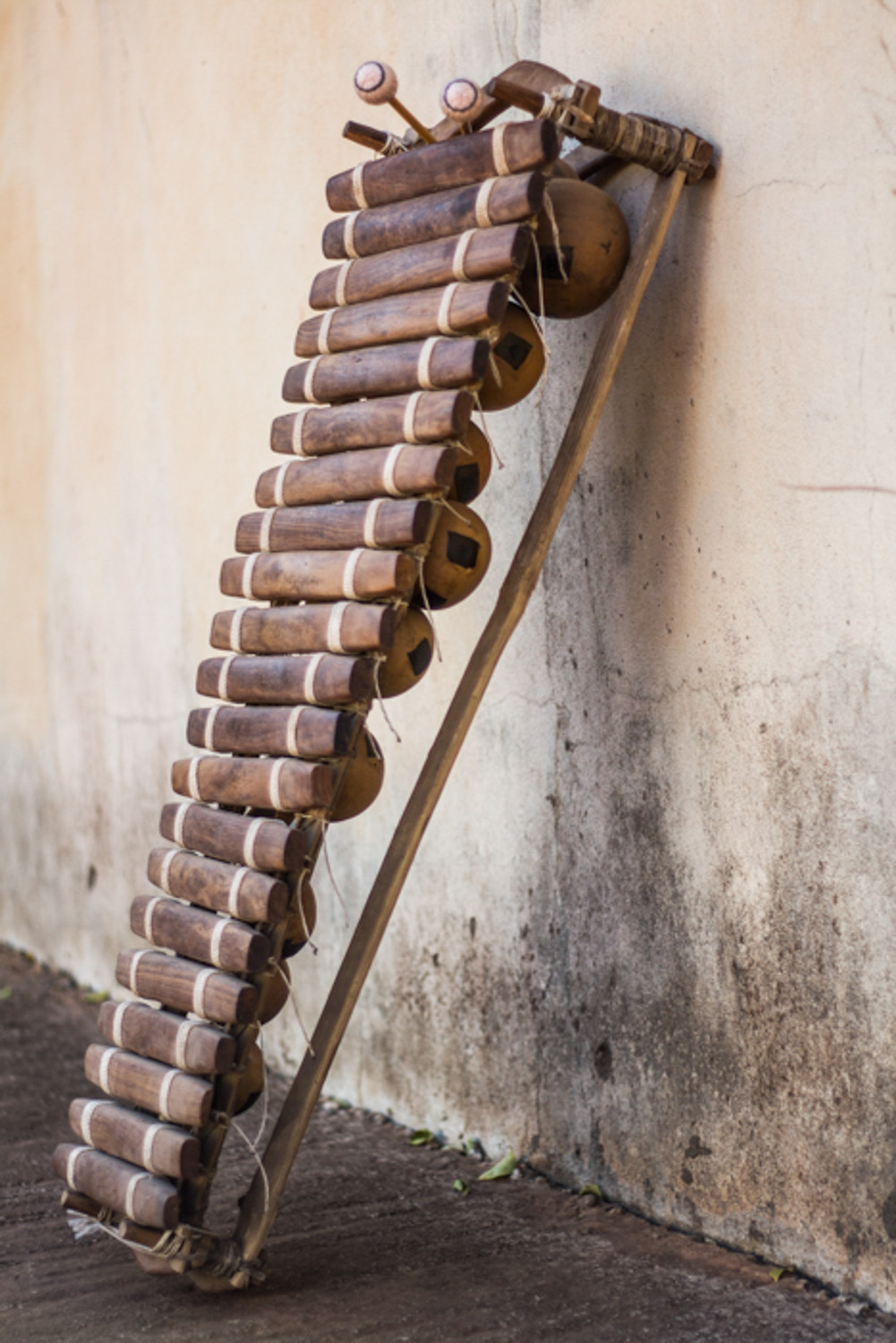
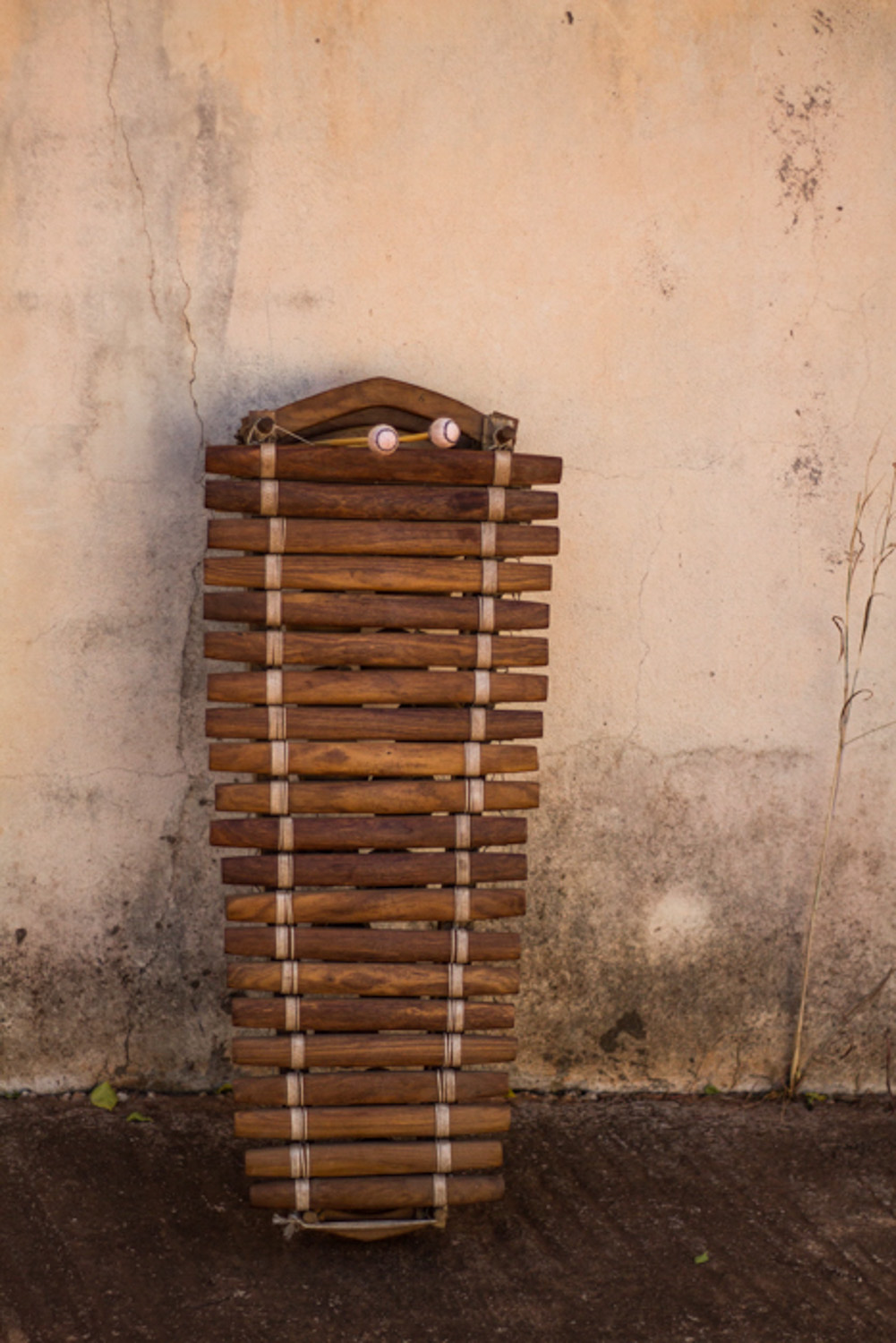
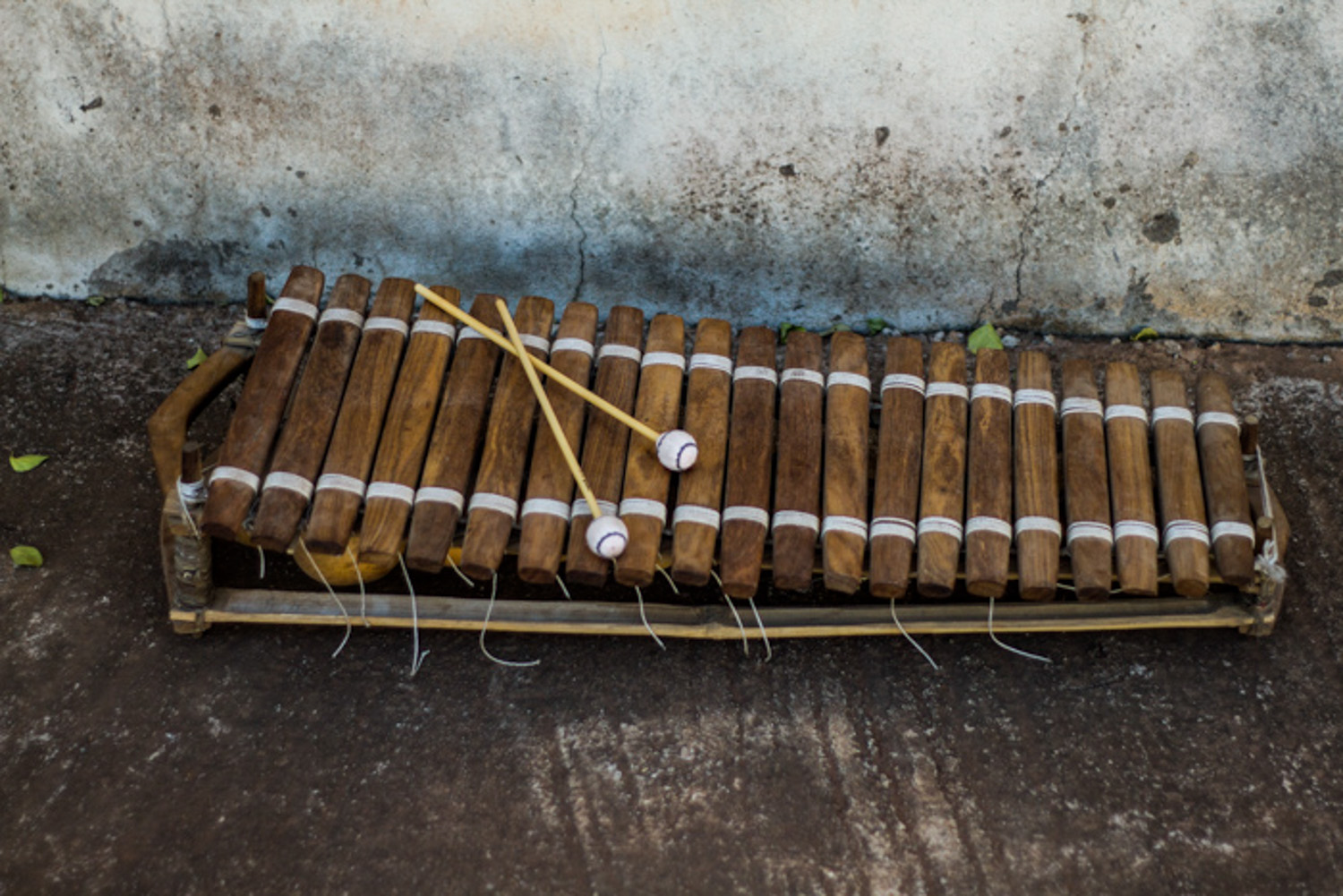
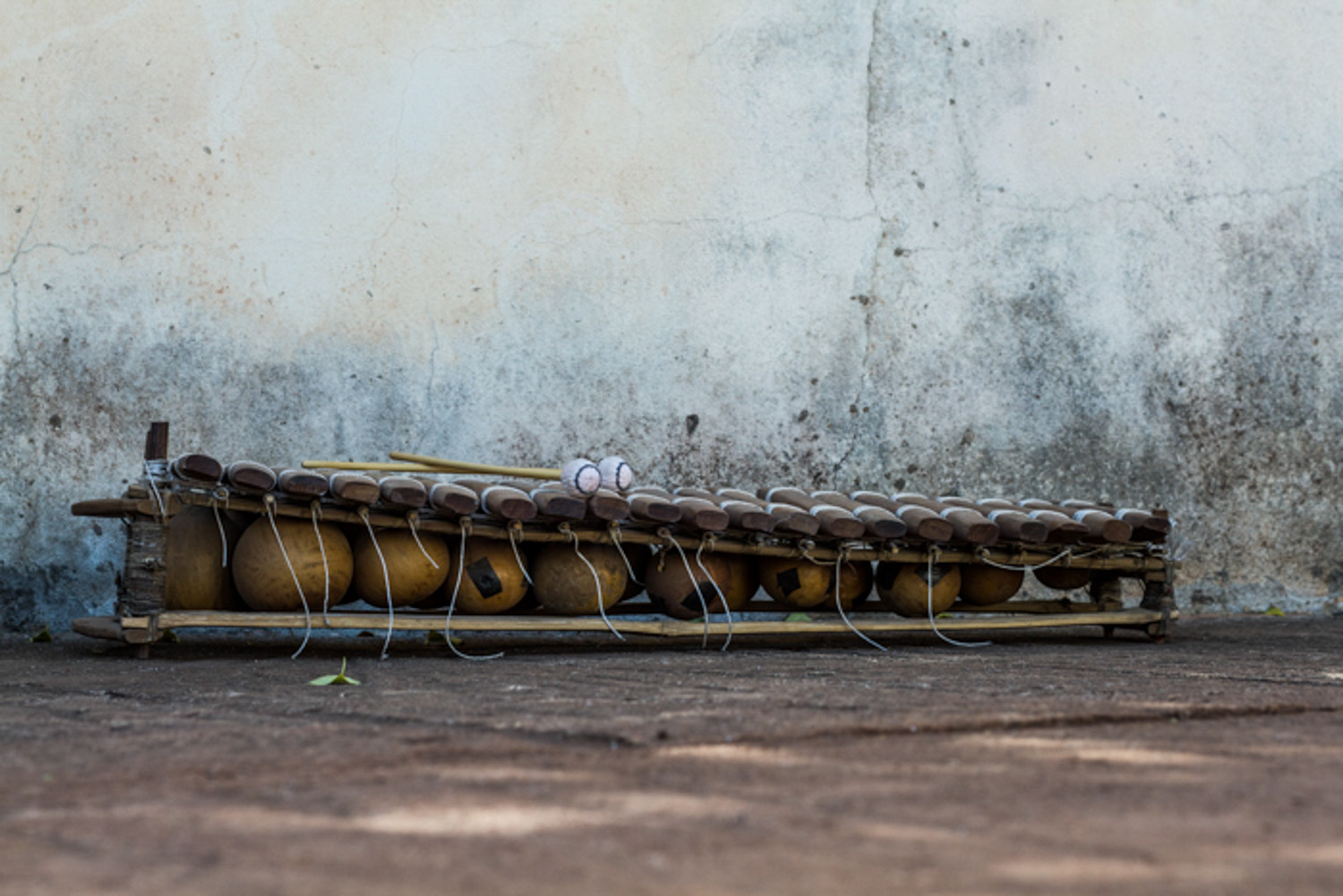
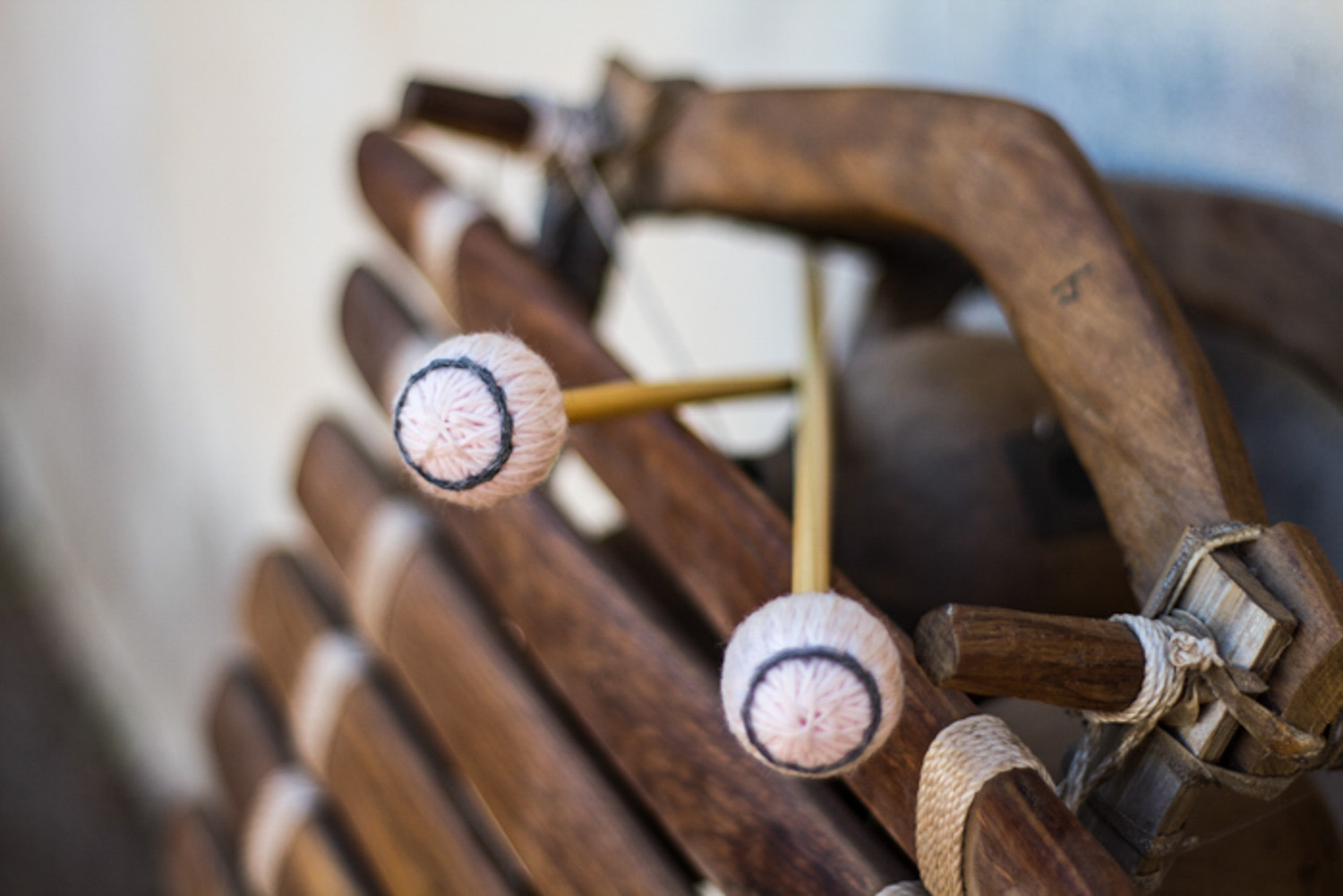
Kamele n'goni
This modification for the stage of the 6 string Donzo n'goni or hunter's harp is well known, especially in the part of Mali called Wassoulou, where the main town is called Sikasso, as well as in neighboring Burkina Faso. The Donzo n'goni is considered sacred, where as the Kamele n'goni is perfect for the stage and is used by many artists, where it's dry and rustic sound often gives the effect of a bass, a little similar to thumb bass. But is can also be played similar to a kora and make you think of a fast running stream over stones. Among artists where the Kamele n'goni is used are Oumou Sangaré and Salif Keita. Both Kamele n'goni and Donzo n'goni are often accompanied by a metal scraper called a karignan.





